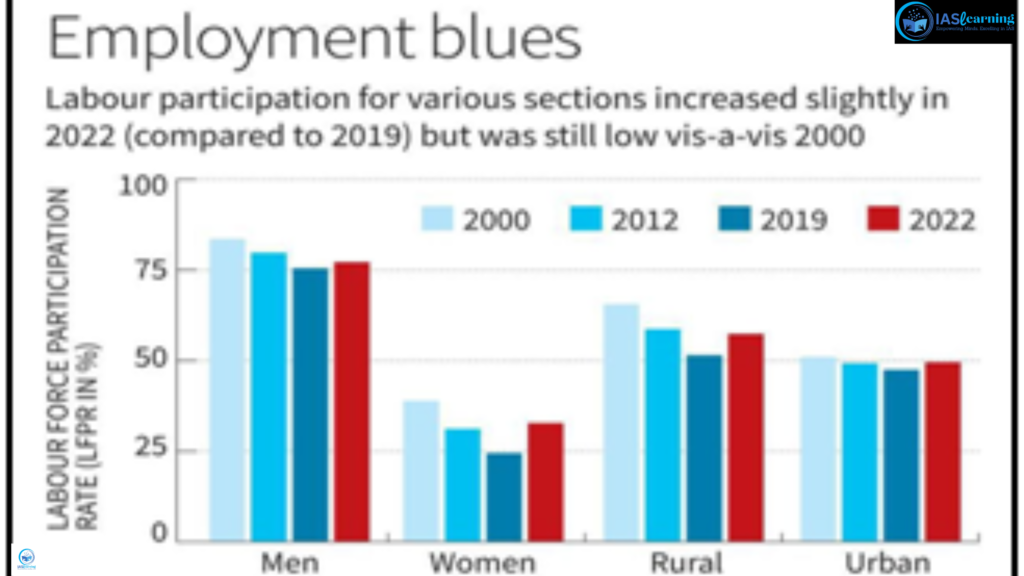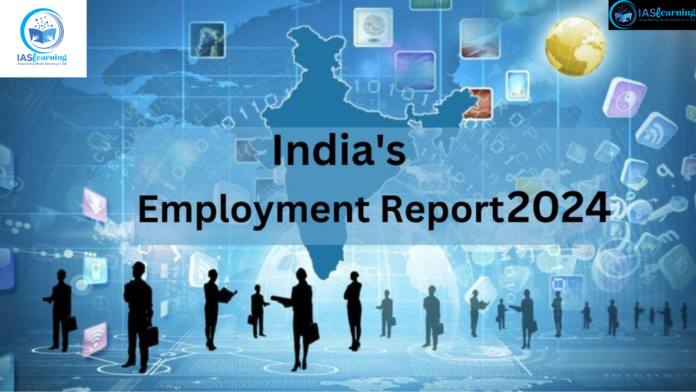In News, why?
A study named “India Employment Report 2024” has been jointly released by the Institute of Human Development (IHD) and the International Labour Organization (ILO).
The Institute of Human Development (IHD): An Overview
- In 1998, the Indian Society of Labour Economics (ISLE) sponsored the founding of the Institute for Human Development (IHD).
- It seeks to support the development of a society devoid of poverty and hardship, one that promotes and values an inclusive social, economic, and political structure.
- Research on labor and employment, livelihood, gender, health, education, and other facets of human development are all topics of focus for it.
For more : What is the concept of Nation and State?
What is Constitutionalism And Consitutional Morality
About the India Employment Report of 2024
- The Institute for Human Development publishes a series of quarterly reports on labor and employment concerns, the third of which is the India Employment Report 2024.
- In collaboration with the International Labour Organization (ILO), it is being carried out.
- The report examines at the issue of young employment in context of India’s changing economic, labor market, educational, and skill-related landscape as well as the developments that have occurred during the previous 20 years.
- The research covers current developments in the Indian labor market, pointing to both new and ongoing challenges—including those brought on by the COVID-19 pandemic—and improvements in some results.
Important Point’s for the 2024 India Employment Report
- The majority of the data included in the paper was analyzed from the Periodic Labour Force Surveys and the National Sample Surveys conducted between 2000 and 2022.
- Employment Patterns and the Present Situation:

- In 2019, the rate of female labor force participation began a quicker increasing trend, especially in rural regions, following considerable declines in previous years.
- The labor force’s gradual shift from agricultural to non-farm industries is one of the most important aspects of the Indian labor market.
- In India, the two main types of employment are temporary work and self-employment.
- Almost 90% of workers are employed informally, and 82% of the workforce works in the informal sector.
- Real earnings for regular workers either decreased or were stable between 2012 and 22 whereas salaries for casual laborers continued a moderate rising trend.
- Official surveys do not sufficiently represent the migration numbers in India.
- It is anticipated that migration and urbanization rates would rise significantly in the next years.
- India is predicted to have 607 million people living in cities by 2030 and a migration rate of about 40%.
For more : American Revolution 1776, History, Causes, Timeline and its Impacts
History of the World Before 18th Century
Challenges of Youth Employment:
- India is expected to stay in the possible demographic dividend zone for the next ten years or more, with a sizable section of the population being of working age.
- However, the youth population, which made up 27% of the overall population in 2021, is predicted to drop to 23% by 2036, putting the nation at a turning point.
- Approximately 7-8 million young people are added to the labor force year, and if they are productively employed, India may experience a demographic dividend.
- Compared to adults, youth labor market involvement has been much lower and has been dropping over the long run (2000–19), mostly as a result of higher rates of schooling.
- From 5.7% in 2000 to 17.5% in 2019, the rate of youth unemployment nearly tripled before falling to 12.1% in 2022.
- The young labor market indices swiftly rebounded following the lockdowns.
- However, this mobility was accompanied by an increase in the workforce, mostly in low-quality jobs.
Suggestions:
- The paper identifies five important policy topics for more work that have general as well as particular relevance to Indian youth:
- encouraging the creation of jobs,
- raising the standard of work,
- resolving labor market inequalities,
- strengthening skills and active labor market policies, and
- closing the information gap on young employment and labor market trends.

